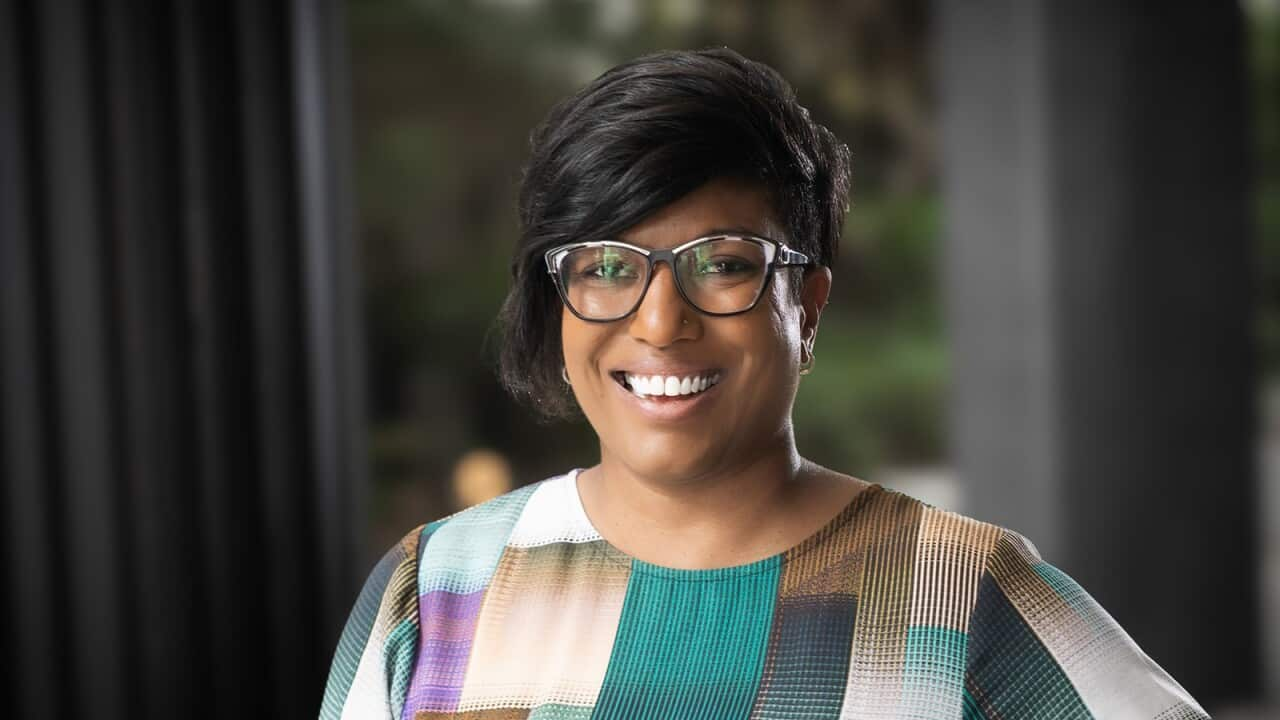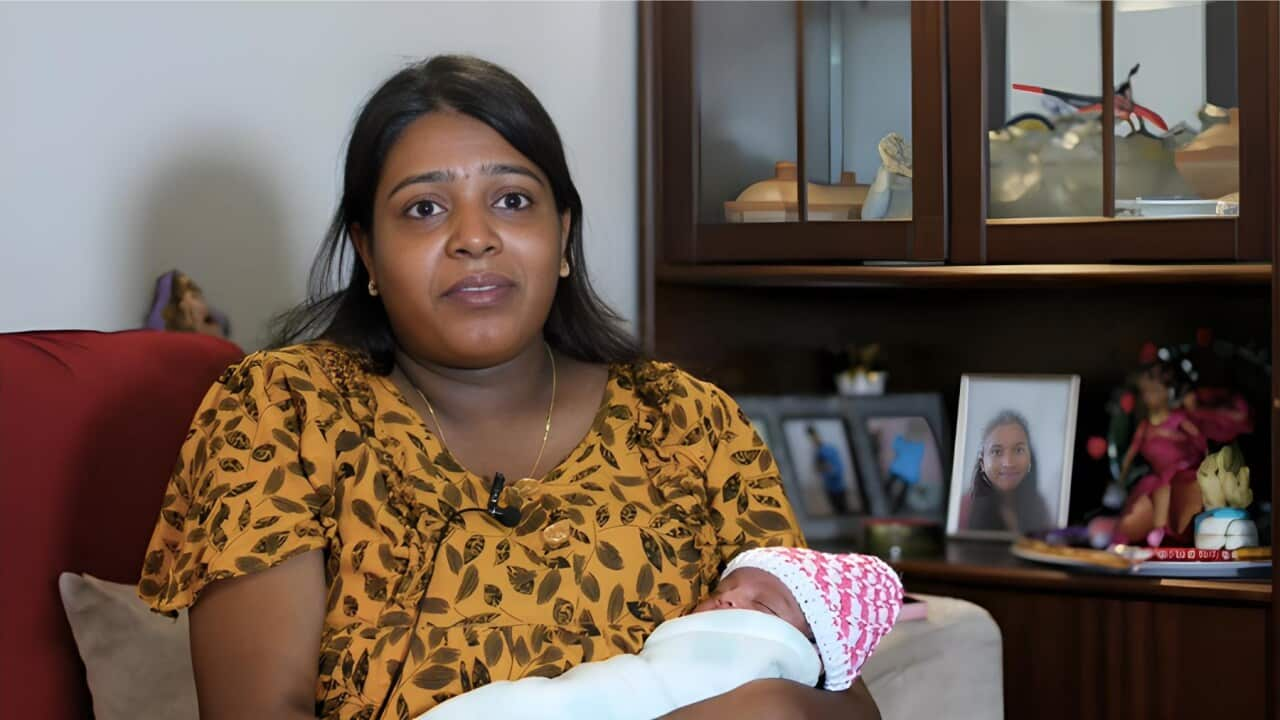TRANSCRIPT
"This is a huge health issue for this country."
That's David Sykes, Director of the Centre for Dementia Learning for Dementia Australia.
A new report by the Australian Institute of Health and Welfare says dementia now affects almost half a million Australians.
It's also responsible for one in every 11 deaths in Australia, with 17,800 recorded in 2022 – of whom nearly two-thirds were women.
"Look it's clearly a crisis. Those numbers convey that very strongly. We just can't afford to see another report come out like this which shows the extent of this major health crisis for this country and we desperately need to take action now."
Despite being synonymous with ageing, not everyone living with the disease is elderly.
The AIHW estimates about 29,000 people have younger onset dementia.
Associate Professor Darshini Ayton, who is Deputy Head of the Health and Social Care Unit at Monash University, says achieving a diagnosis in young people is difficult because the way it presents can be unassuming.
"Often people who are presenting with young onset dementia are presenting with a variety of different symptoms and that's why it can take a little while to get to that diagnosis. They might be presenting with changes in mood, they might be presenting to changes in behaviour or sometimes people are presenting because of marital problems and then they find out, actually, this person is living with dementia and that is the result of some of the communication challenges or changes that someone has been seeing. It's a relief for people."
Dementia describes a collection of symptoms all caused by disorders affecting the brain, including loss of the ability to think, remember, and reason.
There are over 200 subtypes of dementia that present differently and require different methods of care.
But consistent across all types is a misinformed social perception that carries harmful and misleading assumptions.
Associate Professor Ayton says stigma can be felt more by young people.
"People we've interviewed who were diagnosed with young onset - both their partners and the person found it incredibly challenging because all of a sudden, you've driven into an appointment and then you're told you're not allowed to drive home because you've got a diagnosis of dementia or you have to stop working because now you've got a diagnosis of dementia. So that leads to the stigma and there's big conversations happening around whether that actually needs to happen if someone is very early in disease and if there's some proactive support and management. Maybe they can continue to be well and participate in some of these roles."
Experts and advocacy groups also say stigma can lead to delays in people seeking help, a timely diagnosis and treatment.
But a national push for re-education and symptom identification is now materialising.
The AIHW data shows the number of dementia medication prescriptions has jumped by almost 50% in the past decade, as more people seek out diagnoses and therapies that may slow the progression of the disease.
Almost 688,000 dementia medication prescriptions were dispensed in 2022-23 to about 72,400 Australians aged 30 and over, up from just over 472,000 scripts for about 50,800 people in 2013-14.
Melanie Dunford, Acting Head of the Population Health Group at AIHW, says while the data speaks to a better understanding of the disease more broadly, it doesn't capture the full picture.
"In terms of prescriptions being dispensed, at the moment under the PBS (Pharmaceutical Benefits Scheme) they are only eligible for people who are diagnosed with Alzheimer’s disease. It is only a smaller proportion of people who are diagnosed with dementia. The prescriptions are there to manage symptoms, there's no cure for dementia. There are a cohort of people who are diagnosed with dementia who are not prescribed the medications because they are unable to."
The AIHW says the number of Australians living with dementia will surge – expected to reach almost 900,000 by 2050.
In response, experts are adopting a rhetoric of prevention.
This is Senior Principal Research Scientist at NeuRA Professor Kaarin Anstey.
"About 45 per cent of cases of dementia are attributable to modifiable risk factors globally and so there's a huge scope for us to intervene to reduce future numbers of people with dementia. In middle age the vascular risk factors increase the risk of late life dementia. That's things like having high blood pressure, high cholesterol, diabetes, smoking. On the lifestyle side, being insufficiently physically active and having an unhealthy diet both increase your risk of dementia."
But for the growing number of people living with the disease, the conversation turns to management.
Associate Professor Ayton says our health systems are not prepared for the full impact.
"We need a whole new workforce. As we think about and grapple with the increasing prevalence of dementia, it is about thinking do our nurses have more dementia training, do our social workers need to have more dementia training, do our allied health need to have more dementia training? How do we embed into general practice nurses with dementia training? If you're not a health professional but you're living with people who - you know I think about it in terms of living with my parents - up-skilling my own knowledge of dementia is really helpful."













